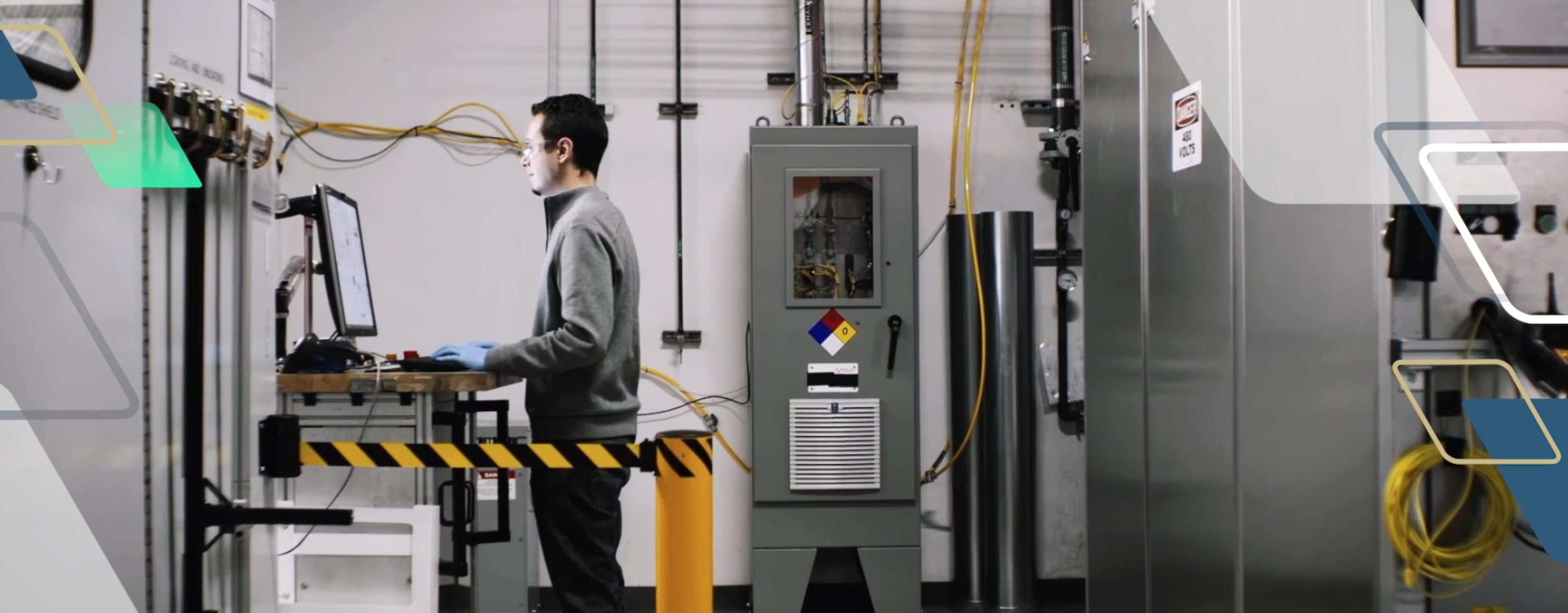The Office of Technology Licensing (OTL) plays a crucial role in protecting and managing Georgia Tech's intellectual property (IP). This office evaluates inventions developed in a lab for commercialization potential and patentability. Mary Albertson and her team at OTL provide the perfect resource for inventors at Georgia Tech looking to transition their projects from the lab to market success. As Director of Technology Licensing, Mary has nearly three decades of experience helping innovators take crucial steps in patenting and protecting IP. OTL manages the licensing process to ensure inventions are appropriately protected, and they facilitate finding market opportunities that economically benefit Georgia Tech and its inventors, plus make an impact on society. Let's look at how these processes help unlock the licensing potential of an invention.
Benefits for Inventors
OTL's dedication to protecting IP provides many benefits for inventors within the university. Patenting inventions helps ensure that their work can not be copied or used without permission from the inventor or owner of the patent. It can also help an inventor secure funding for further research and development. Additionally, submitting an invention disclosure allows inventors to benefit financially from their work as they may receive revenue should their invention be licensed to companies who use it commercially.
OTL strives to promote an efficient path for innovation to reach the consumer world by offering its services in a centralized place. OTL helps to unlock an invention's full potential while allowing inventors to get credit for their work and simultaneously providing innovative solutions to real-world problems. Through this process, OTL will impact Georgia Tech and the state of Georgia by introducing new technologies the world has yet to discover!
OTL Process at a Glance:
1. Analyzing Patentability
After a detailed commercial assessment of an invention's potential, the next step is to examine if it has any patentable components. Determining the possibility of obtaining a patent requires enlisting external attorneys specializing in intellectual property for research on the scope, strength, and likelihood of receiving a patent. If all investigations prove favorable, applicants can secure their intellectual property rights by obtaining a patent. This is where OTL can assist with applying for patent protection; it will take several years to know if a patent will be issued.
2. Protecting IP
To unlock an invention's potential to be commercialized, protection is another step and resource offered by OTL. Effectively protecting an invention, in cases where patenting is appropriate, requires OTL to file a provisional application which grants a priority date and one-year window, which gives inventors extra time for further research and development before deciding whether or not to submit either a utility application or Patent Cooperation Treaty (PCT). A PCT application reserves the ability to get foreign rights. After the year ends, the next step toward patent protection is determined.
3. Confidential Agreements
OTL also assists in facilitating relationships with the industry through drafting and executing non-disclosures agreements. Technology Licensing strives to preserve patent rights and protects confidential information during conversations with potential licensees. The team can also implement a material transfer agreement to ensure all intellectual property rights are safeguarded when material is transferred to a commercial entity. A material transfer agreement outlines the usage of transferred materials and how to effectively protect IP that may result.
OTL is committed to providing inventors with the resources needed to commercialize inventions. The team is available to provide advice, resources, and support throughout the process. Contact OTL to start the path toward submitting an invention disclosure today.

